Bali is home to a vast population of cats, most of which are strays.
Despite not belonging to a specific breed like the commercial Balinese Cat, these Bali cats exhibit distinct characteristics. The most striking feature is, of course, their kinky tails, which come in various lengths and often appear broken.

Among expats and locals alike, the mystery of these kinky tails sparks endless debates. What causes this unique trait? This article aims to settle the question once and for all.
I will explore the myths about the origin of their kinky tails, examine historical facts, and review scientific studies that have examined the underlying genetic factors (yes, zoologists are just as intrigued by this issue as the rest of us!)
But first, let us have a look at the general characteristics, physical features and behaviour of the Bali cats. Throughout the article I will call them “Bali cats” to distinguish from the Balinese breed which is a different cup of tea altogether.
General Characteristics of Bali Cats
Garden-variety Bali cats are typically short-haired and have a compact physique similar to Siamese cats, with narrow, flexible bodies. Their muzzles can range from square to elongated, but they commonly feature small heads with disproportionately large eyes.
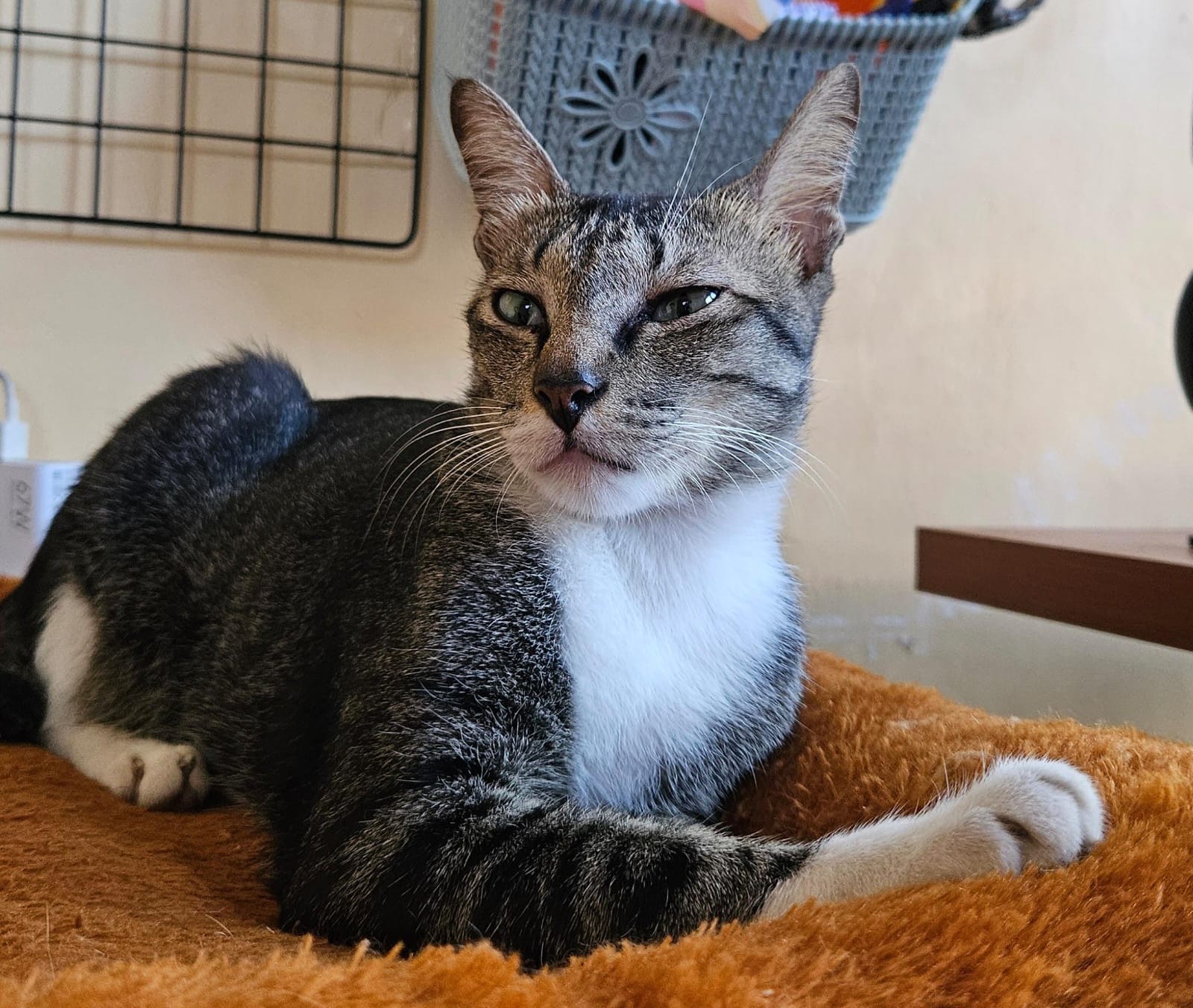
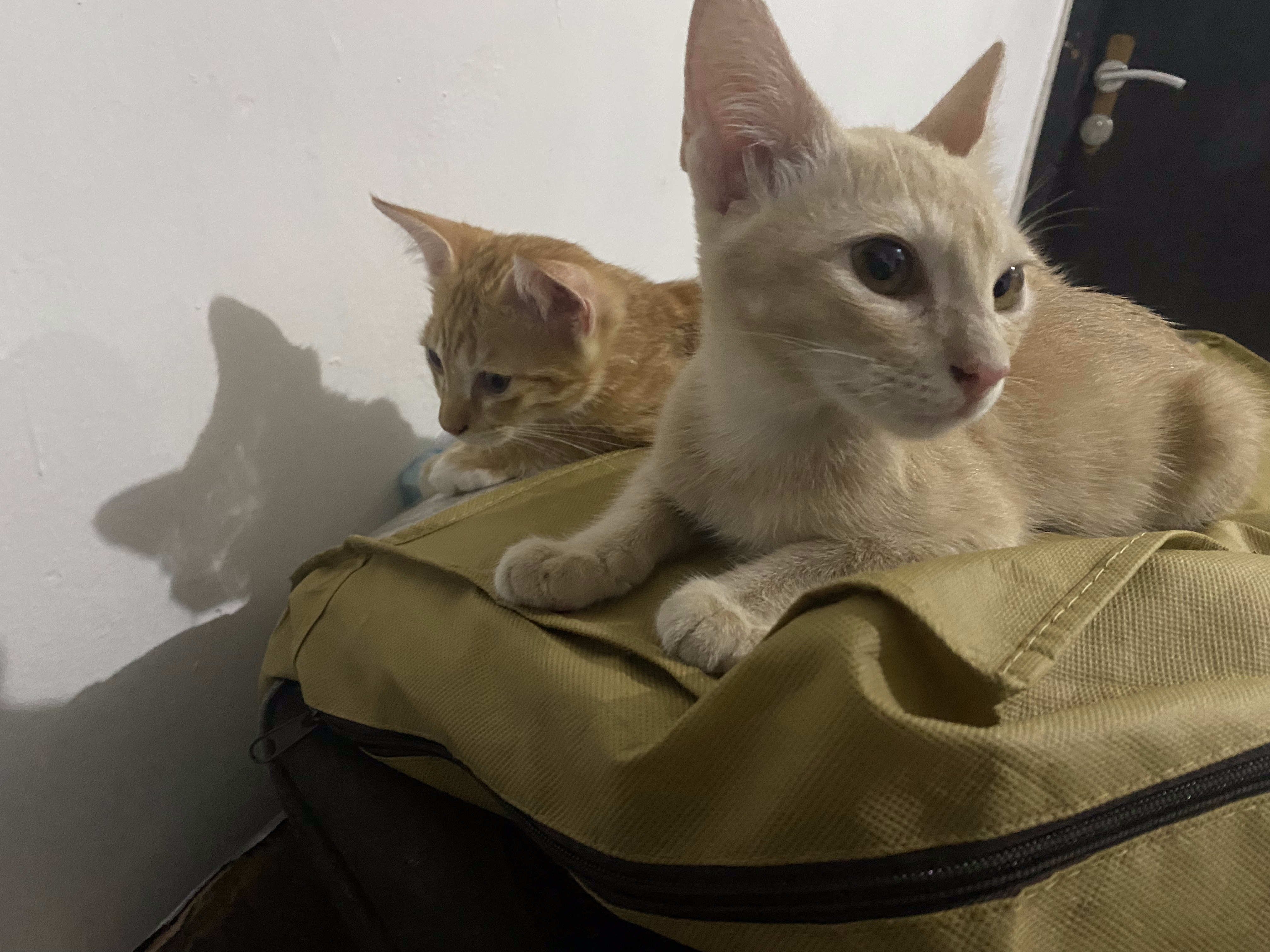
One standout feature of many Bali cats is their legs: their hind legs are notably longer than their front legs, giving them a sleek, almost racing car-like appearance.
A well-fed Bali cat tends to get chunky only around the middle, while their head and legs remain small. This gives them the appearance of "croissants on sticks."
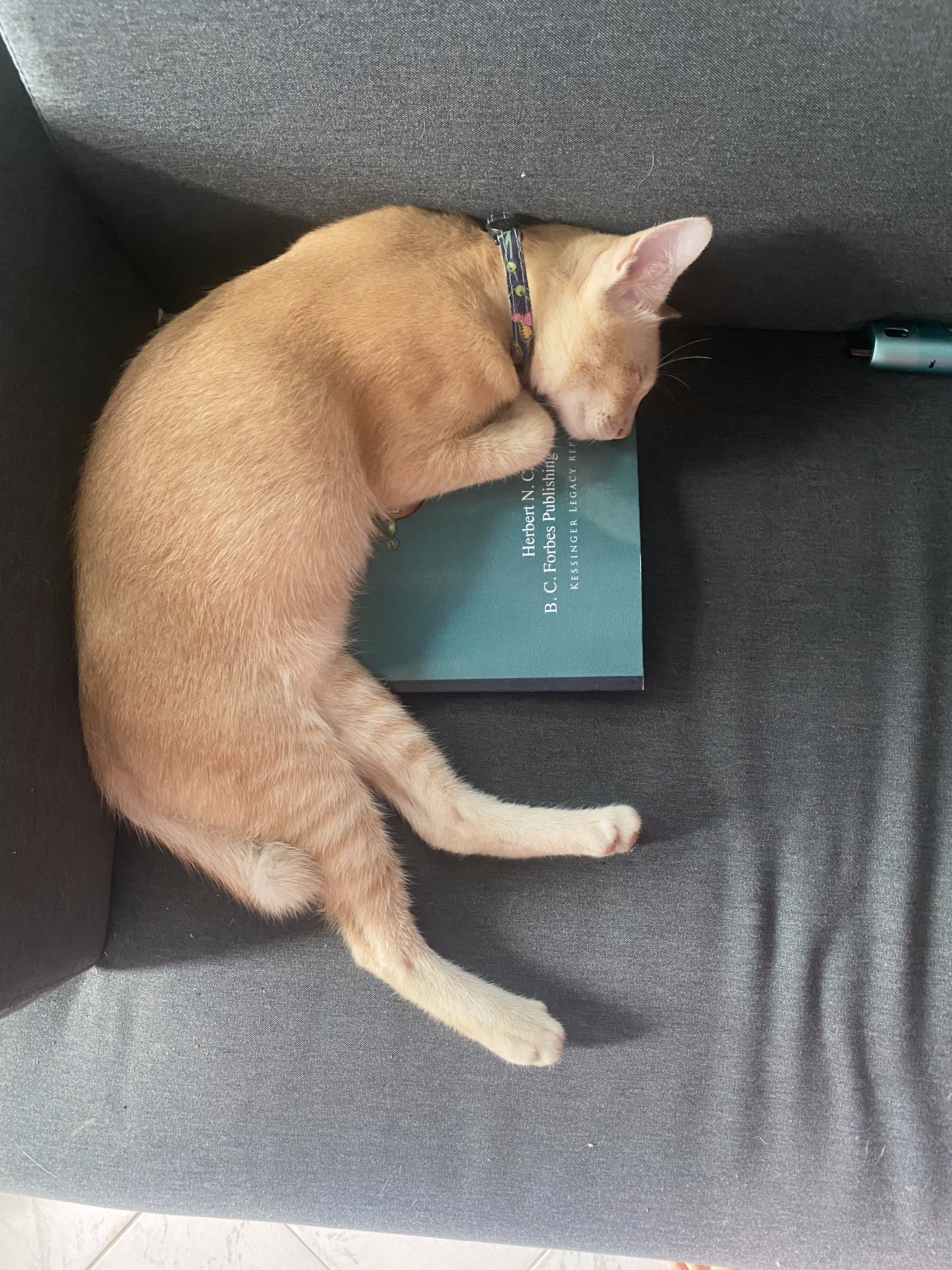
Whether thin or heavy, these cats are great jumpers and exceptional hunters. They often prefer to source their own food rather than rely on humans for feeding. For example, we used to have a heavily pregnant female cat that would come to our compound to ask for food. She only visited due to her condition and not every day. On some days, I could see her walking past the house with a rat in her mouth. From this behaviour, I concluded that she only came to us as a last resort when she couldn't source her own food.
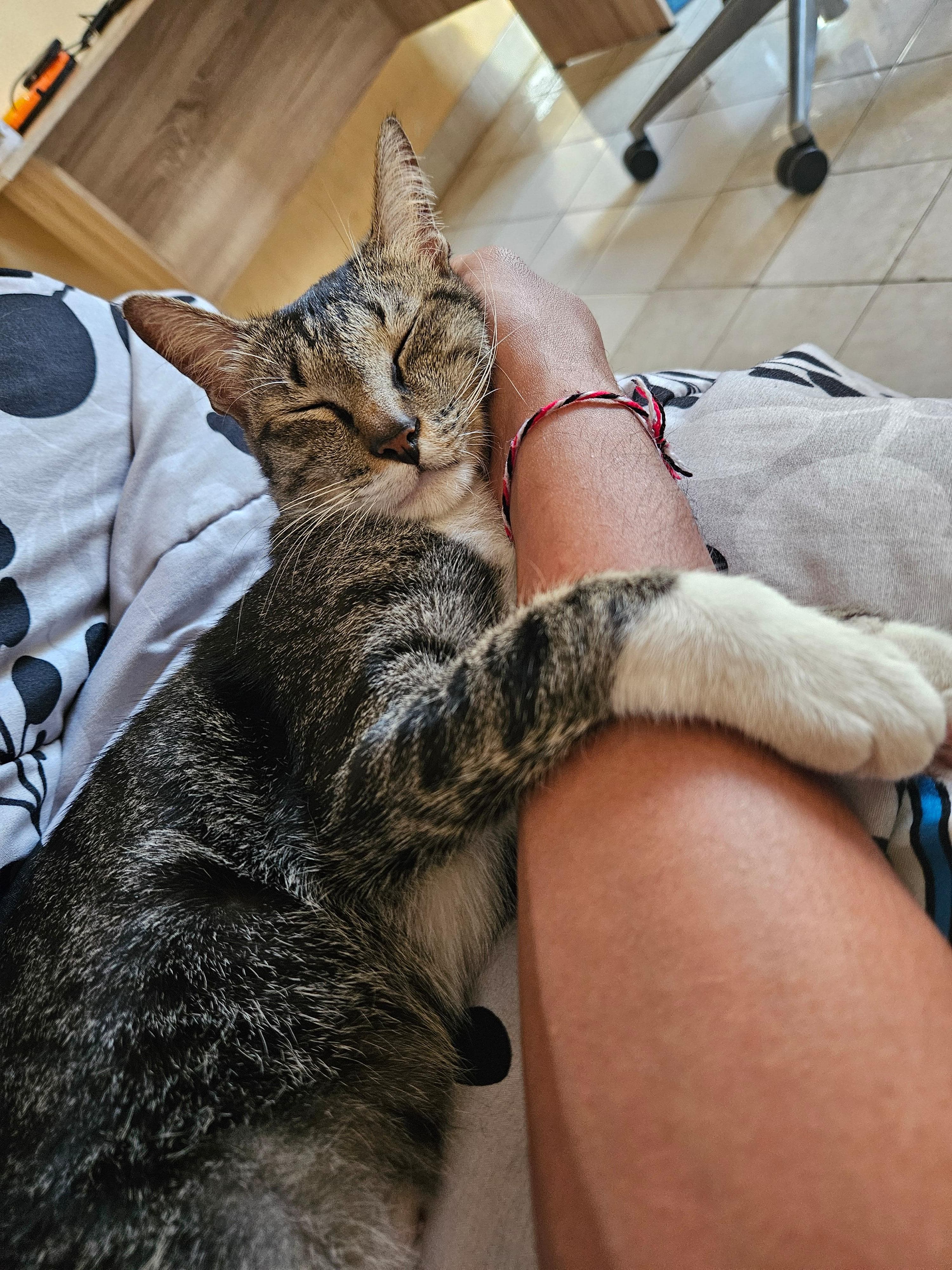
The downside of this hunting instinct is that these cats often resort to stealing (read: hunting). For example, my much-loved Bali cat Albert, who comes from a long line of Bali strays, is a perpetual hunter. He hunts bugs, mice, birds, and food from my kitchen. His favourite pastime is hanging around when someone is cooking, and if you don't lock the food away, he'll snatch it in the blink of an eye. The adorable thing about Albert is that he shares his loot with our other cats. He literally brings the food he manages to steal to their bowls and eats it with his brothers. You can't be mad at him either; he's a great hunter and provider.
Bali cats exhibit remarkable intelligence, often surpassing their breed counterparts in problem-solving abilities. They quickly learn to open doors or access food containers with heavy lids. Moreover, they demonstrate a keen understanding of human behaviour, adapting their actions based on perceived rules or expectations.
They also have amazing ways to communicate with us, humans. For instance, once as I was feeding Albert tinned fish, I shared a portion with another domesticated Bali cat, Lulu, who happened to pass by. Now, Lulu is the boss in our compound and typically doesn't interact much with cats like Albert. But the next time he saw me, he looked straight into my eyes, dashed towards Albert, and eagerly initiated play with him. Throughout their play, Lulu kept glancing at me, almost as if saying, "Remember that delicious fish you fed us the other day? Can I have some more, please?" The message was so clear and direct, I couldn't believe what was unfolding. As a cat person, I had never experienced that level of clarity in cat-to-human communication until a Bali cat came into my life.

While there are many more amazing stories to tell about Bali cats, I'll save those for another occasion. Now, let's explore the question about their kinky tails.
Tales of Cats' Tails
Various hypotheses have been put forth regarding the origins of these unique tails—some debated over a couple of beers on Bali beaches, others discussed in top scientific journals. It's high time to summarize them all.
Tale 1: Inbreeding. The reason many cats have crooked tails is due to inbreeding. It is a recessive genetic trait. City cats don’t roam very far and often mate with close relatives. Since cats can’t read birth certificates, they don’t realise their prospective mate might be a first cousin.
While there is certainly some element of truth in this tale, it does not explain where the kinky tails came from in the first place.
Tale 2: Selective breeding. The short or kinked tail in cats in Indonesia is simply a genetic selection. Indonesians believe that cats with short tails/no tails are better ratters and they will look after these cats - feeding them, etc. This genetic trait (short or kinked tails) has therefore been selected in this way.
It is unclear how this story fits with the fact that most Bali cats are strays and therefore could not possibly be the outcome of selective breeding. Additionally, it still does not explain where the kinky tails come from in the first place.

Tale 3: Hunting Mother Cats. When you ask the Balinese why cats have short, kinky tails, they often say it’s because the mothers hunt during pregnancy, which involves a lot of jumping. They believe that as the pregnant cat’s stomach gets bumped, some of the kittens’ tails get broken, resulting in their unique appearance.
If you’ve lived outside of Asia, you’ve probably seen many stray cats that also hunt, yet none with kinky tails. This makes the explanation about hunting mothers and broken tails seem unlikely.
Tale 4: Imported cats who slept in small rooms and ate sushi. Most of the cats in Indonesia got wiped out by some poison spread by the Japanese during occupation. The ones that survived got eaten by locals sick of sushi. Because there were no cats, there came the rats. Lots of them. So they imported some cats from somewhere, maybe China or even Japan, who all had bent tails because they had to sleep in very small rooms or because eating sushi gives you a bent tail.
This is a fantastic story to entertain your friends with! I will leave it here without further comments.
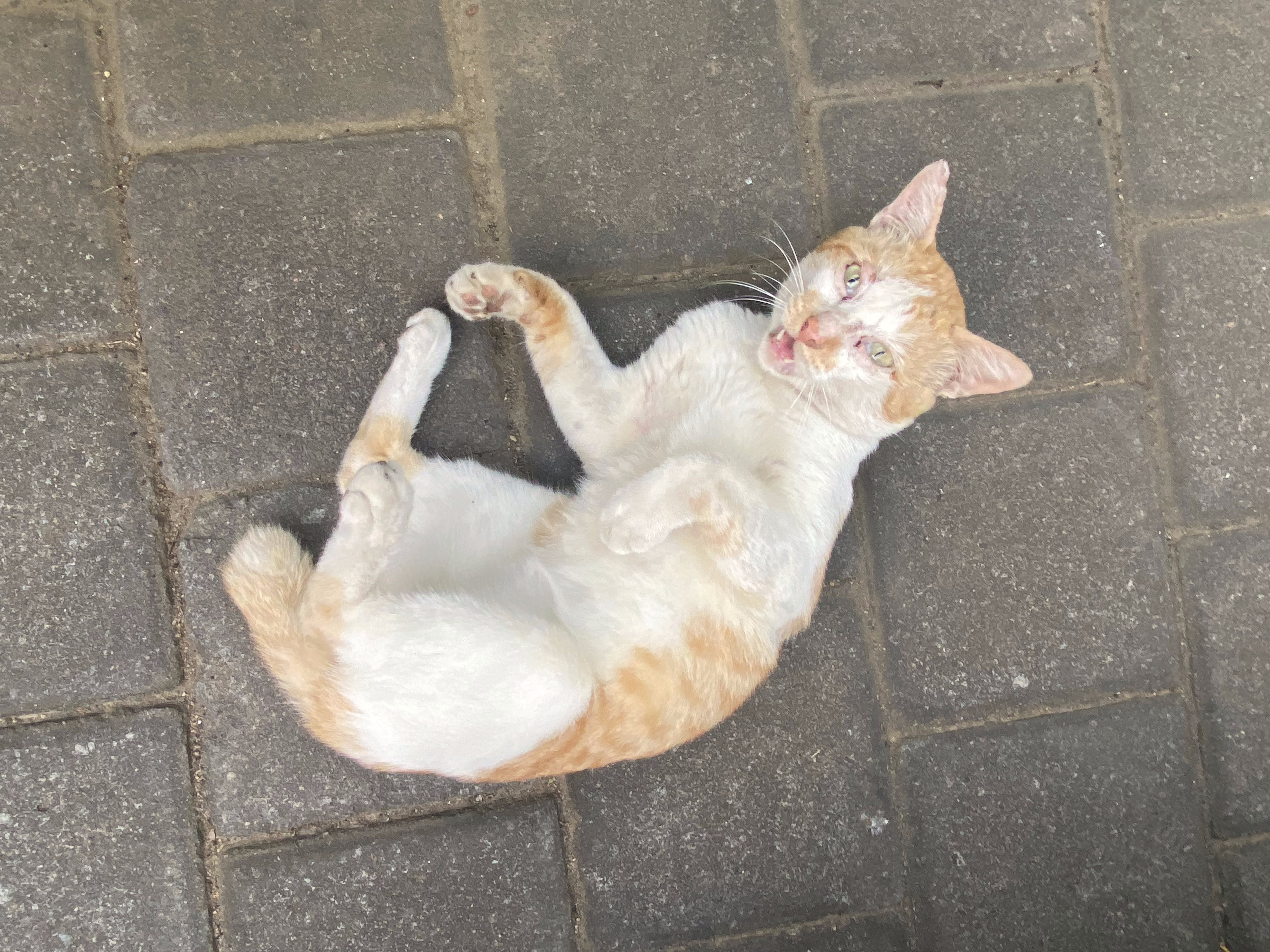
And here is a list of more anecdotal tales:
- Because the evil people of Indonesia cut them off. For fun.
- Because the weird people cut them off. For aesthetic purposes.
- Because they fall asleep on the roads and cars run over their tails.
- The large number of strays leads to large numbers of particularly vicious catfights, in which tails are lost.
- The maid shut the door on their tail.
- Children put elastic bands around their tails when they were kittens.
- Monster rats prey on stray kittens, preferring the tail as a delicacy.
- An ancient queen put her wedding ring around her cat's tail for some unknown (but presumably tragic) reason. All Indonesian cats are descended from this regal (but truncated) feline.
- They want to be as cool as Hello Kitty, who has a tiny stub tail.
These tales are hilarious, but let's face it—they're just unsubstantiated fantasies.
And they don't get us any closer to figuring out why Bali cats have those kinky tails. Actually, you'll find cats with kinky tails all across Southeast Asia, as well as in Japan and China—not just in Bali.

The Western world first learned about cats with short and kinked tails from Charles Darwin back in 1868. He talked about how common they were in places like the Malayan archipelago, Thailand, and Myanmar.
Kinky-tailed cats have always been highly regarded in Asia. For instance, legend has it that the kink in Siamese cats' tails is a divine gift. This belief was so strong that Thai royalty would even store their rings along the bends of their cats’ tails! In southern China, short-tailed cats are called "Qilin tail," named after a mythical creature, and are considered symbols of fortune and wealth.
Upon closer examination of Bali cats' tails, we observe two interconnected traits: tail shortening and kinks (the latter being a technical term used by zoologists to describe the bent tails).
These kinks are associated with abnormalities in the caudal vertebrae, which are the bones that form the tail. The picture below illustrates the appearance of shaved tails and the bone structure of kinky tails.
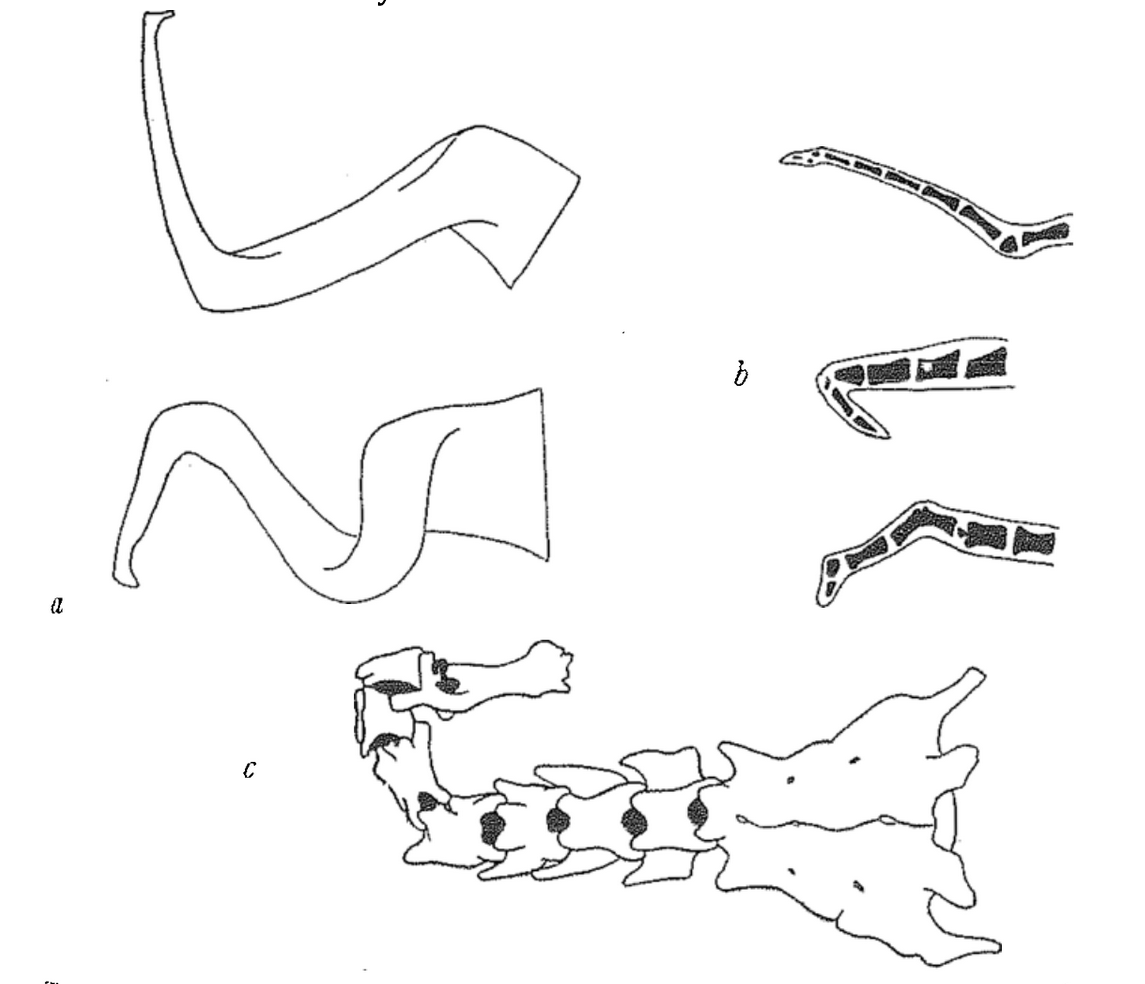
There are three levels of tail shortening seen in kinky-tailed cats, illustrated in the picture below:
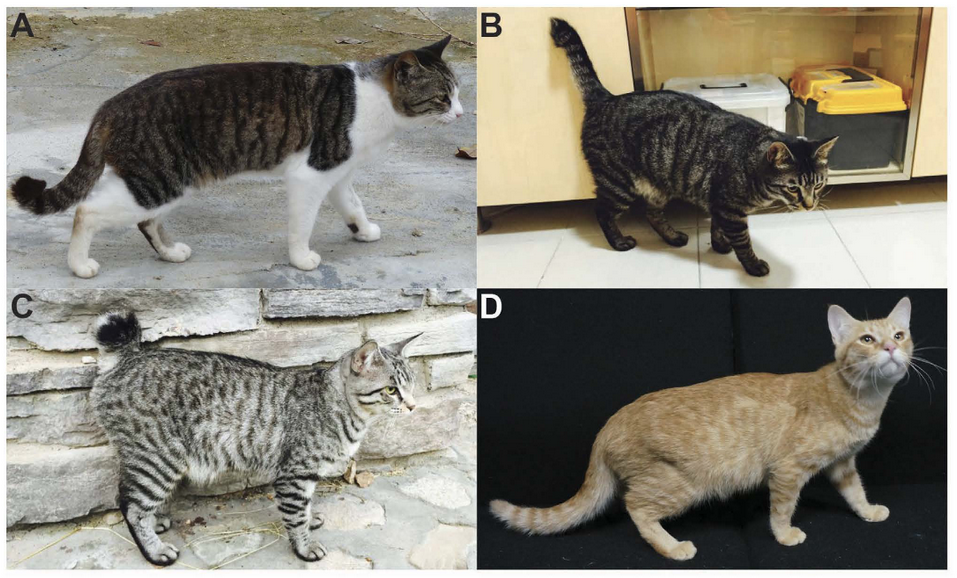
- Slight Shortening, as seen in panel A above, affects only the far end of the tail.
- Moderate Shortening, depicted in panel B, involves both the far end and the centre of the tail, resulting in more noticeable shortening compared to panel A.
- Extreme Shortening, shown in panel C, results in an underdeveloped tail structure. The tip lacks typical bony structure, and there are fewer vertebrae at the base of the tail than usual.
These shortened tails can be compared to a normal-length tail shown in panel D.
Studies on cats with kinky tails found that mutations in the T-box gene, specifically the HES7 p.V2A mutation, cause their unusual tail appearance.
Kinky tails also seem to be a dominant trait. So, if you breed a long-tailed cat with a kinky-tailed one, most of their kittens will end up with a kink.
That's why you see so many cats with kinky tails in Bali and across Asia.
To conclude, Bali cats are really something—adaptable, smart, and with those unique kinky tails. I hope this article has given you a better understanding of why the tails look the way they do. So, the next time someone mentions Bali cats, you'll be able to impress them with your insights into these fascinating felines.
Yours, Ibu Tan
.jpg)
Sources:
Searle, A. G. (1959). A study of variation in Singapore cats. J Genet 56, 111–127
Xu, Xiao & Sun, Xin & Hu, Xue-Song & Zhuang, Yan & Liu, Yue-Chen & Meng, Hao & Miao, Lin & Yu, He & Luo, Shu-Jin. (2016). Whole Genome Sequencing Identifies a Missense Mutation in HES7 Associated with Short Tails in Asian Domestic Cats. Scientific Reports. 6. 31583. 10.1038/srep31583.
You can add one right now!